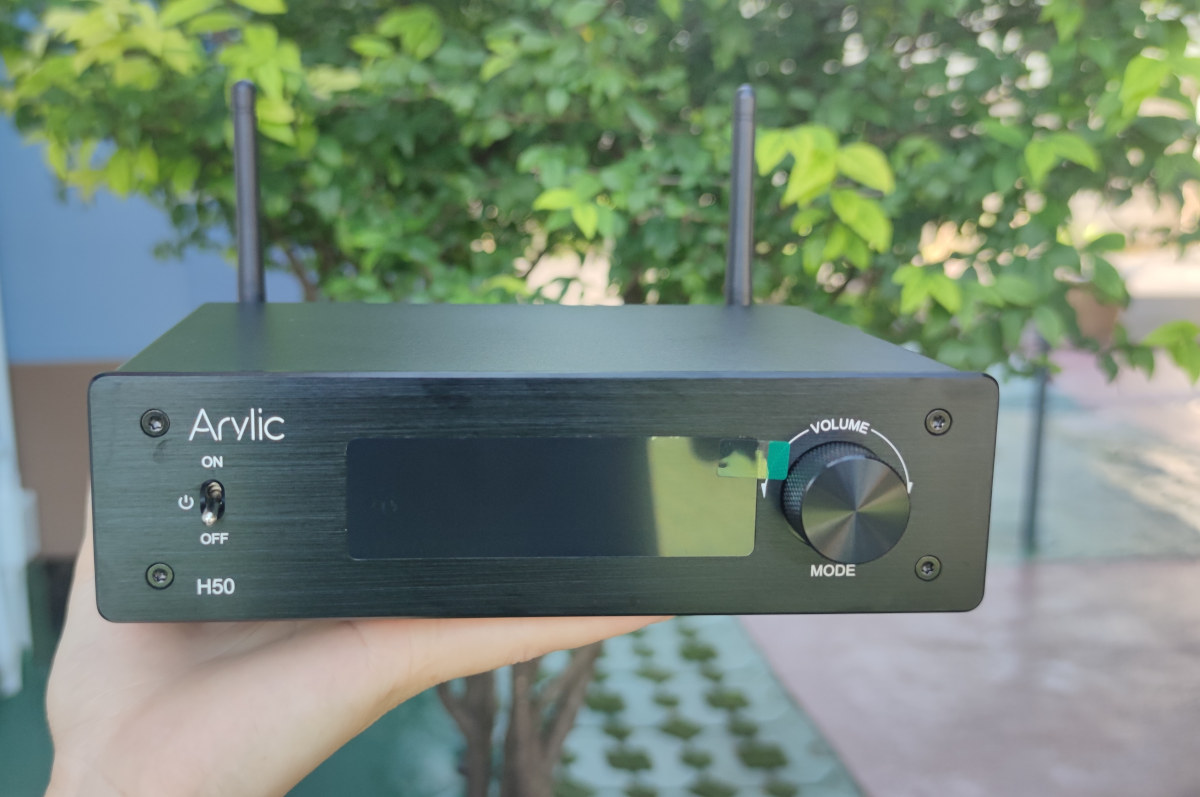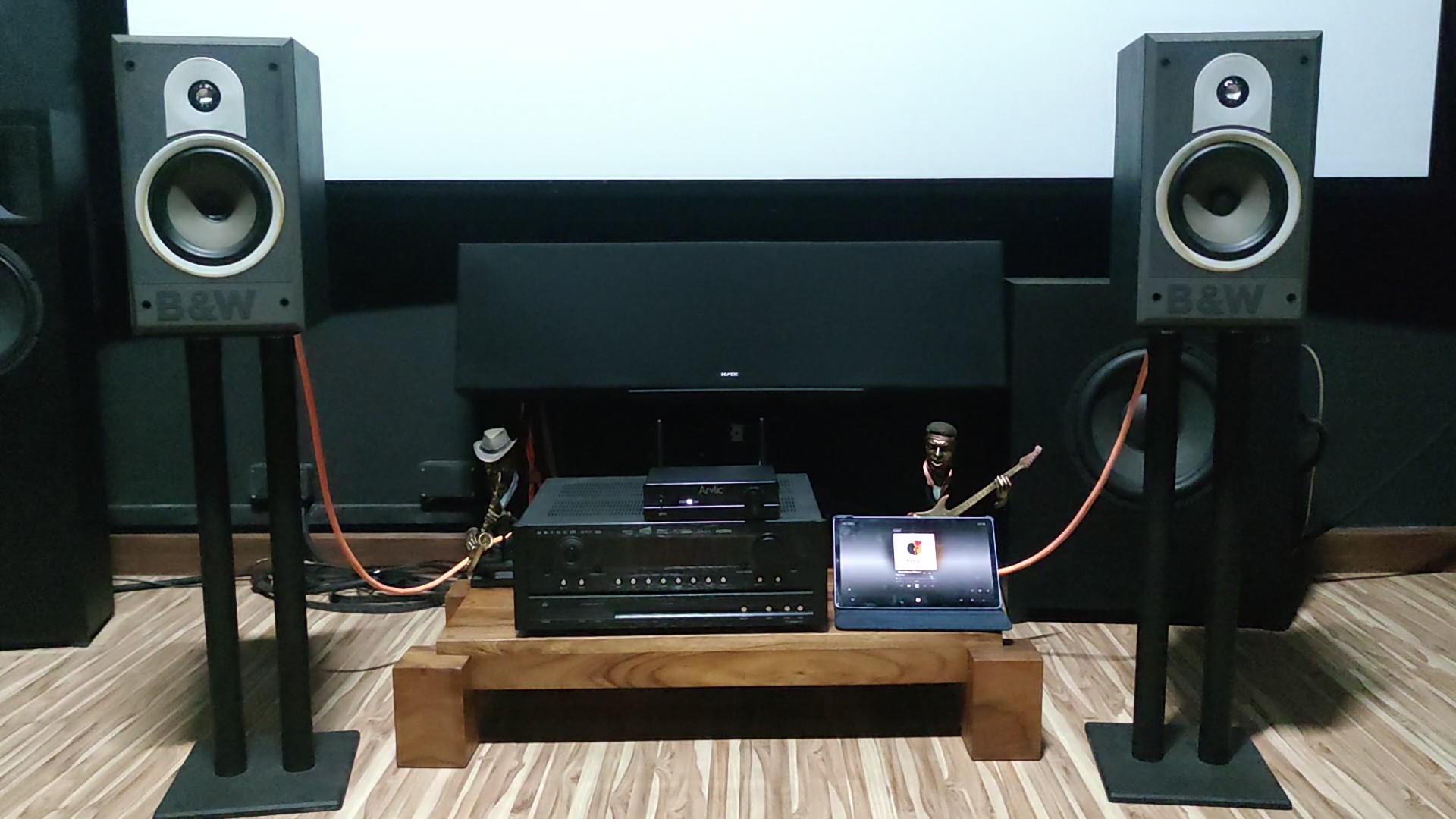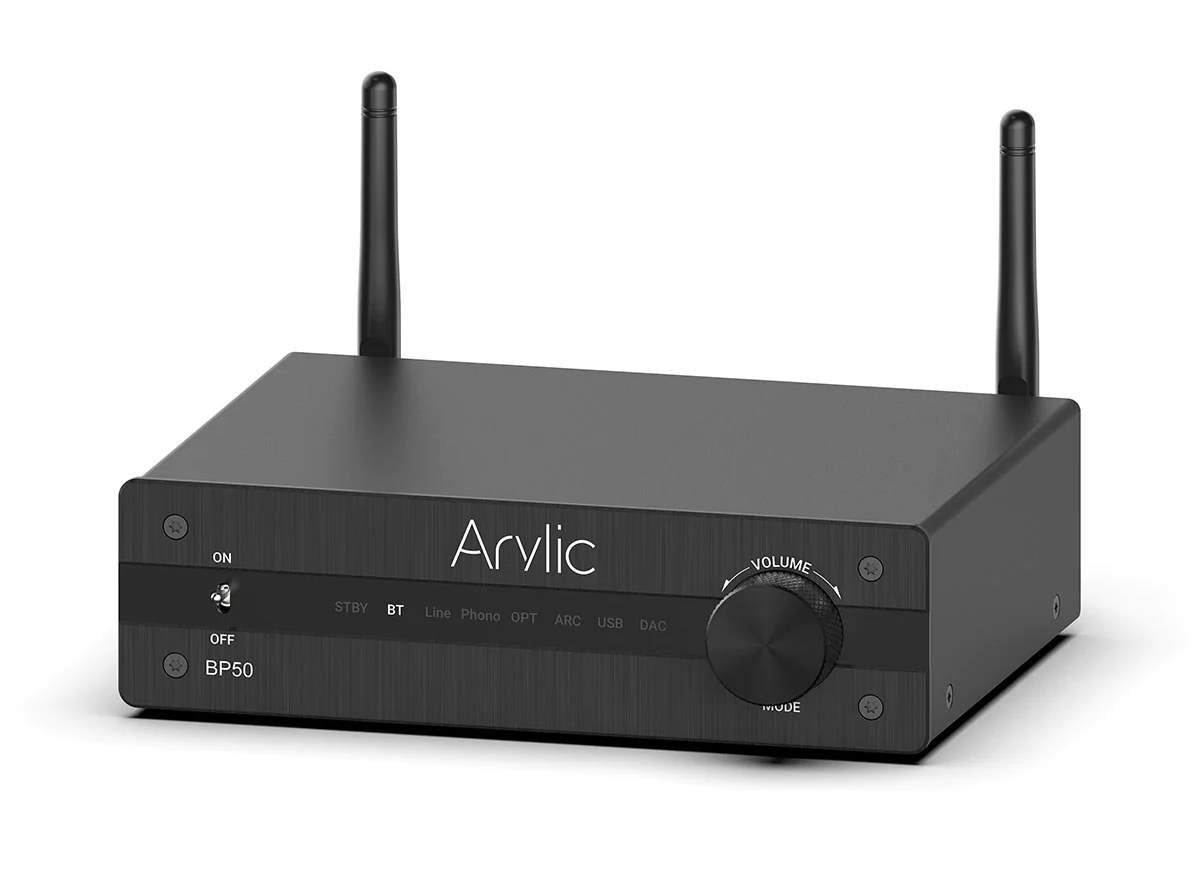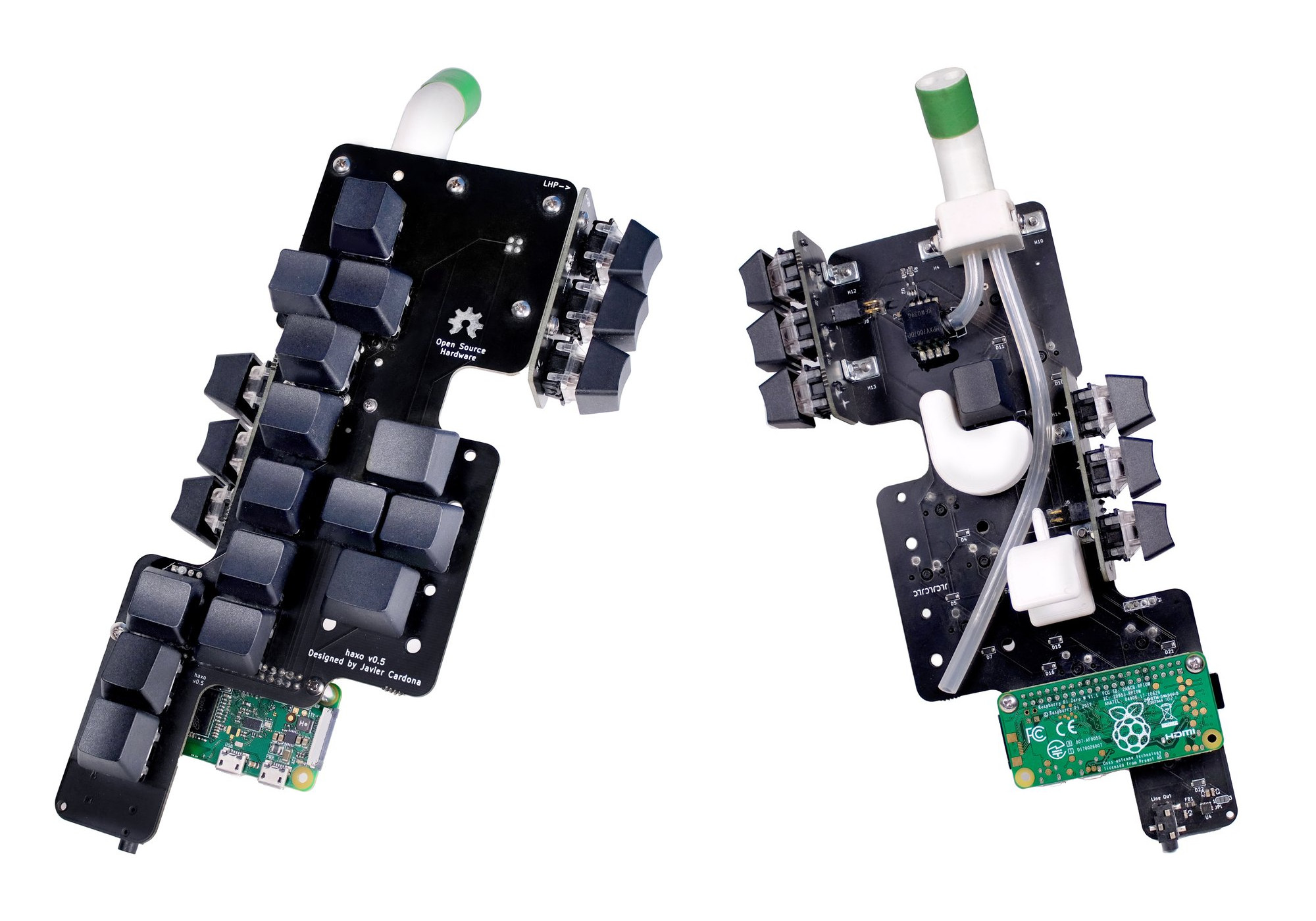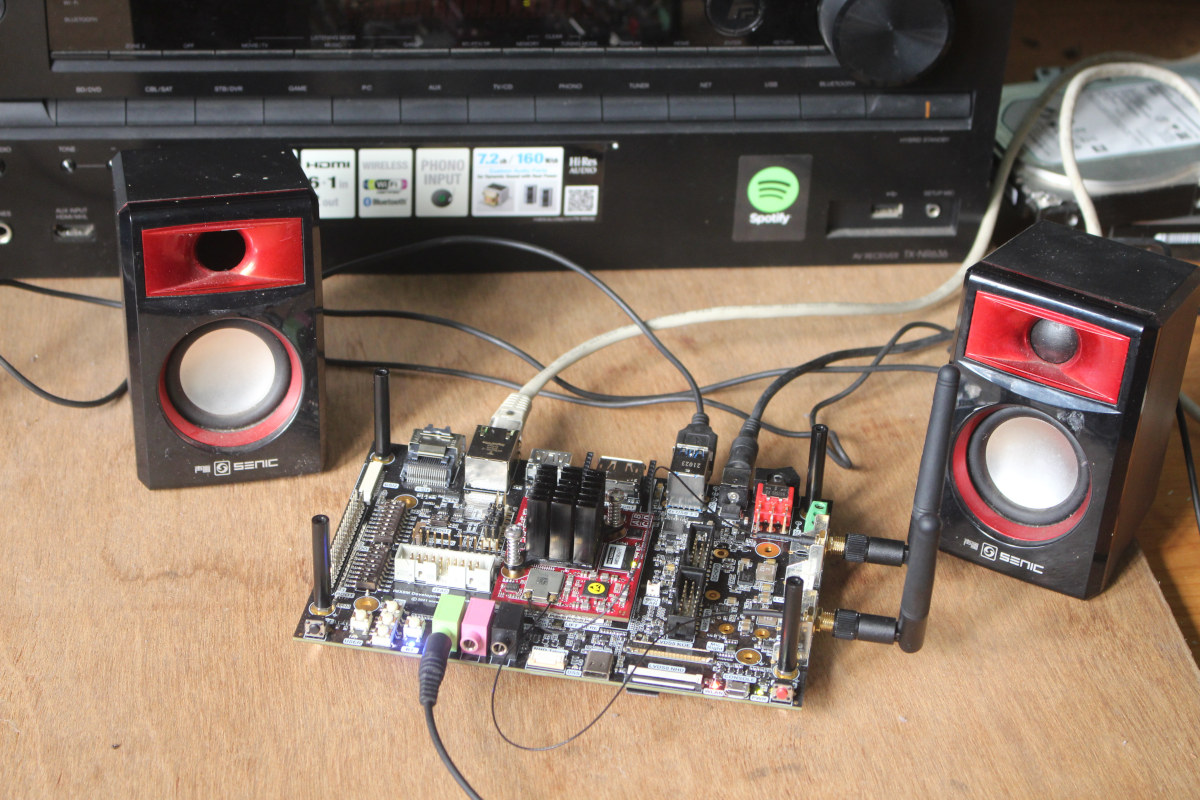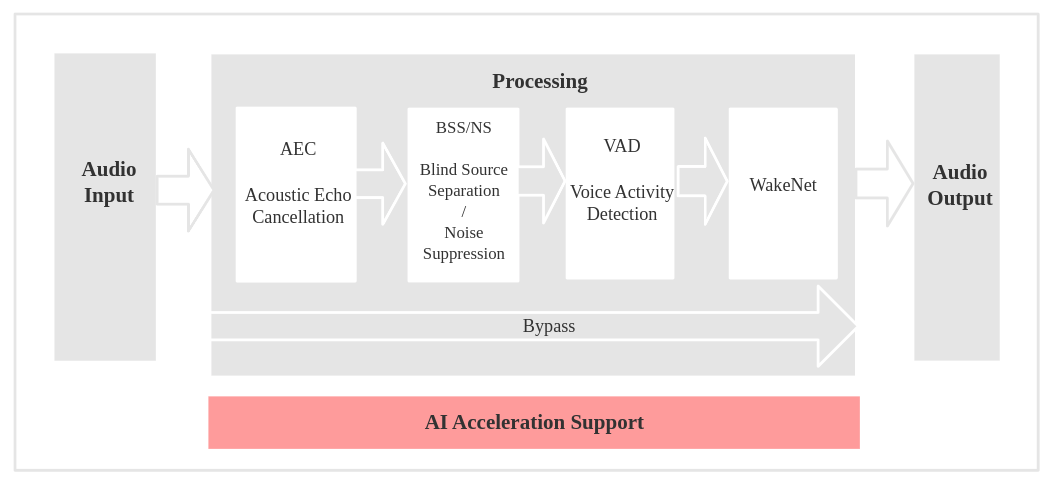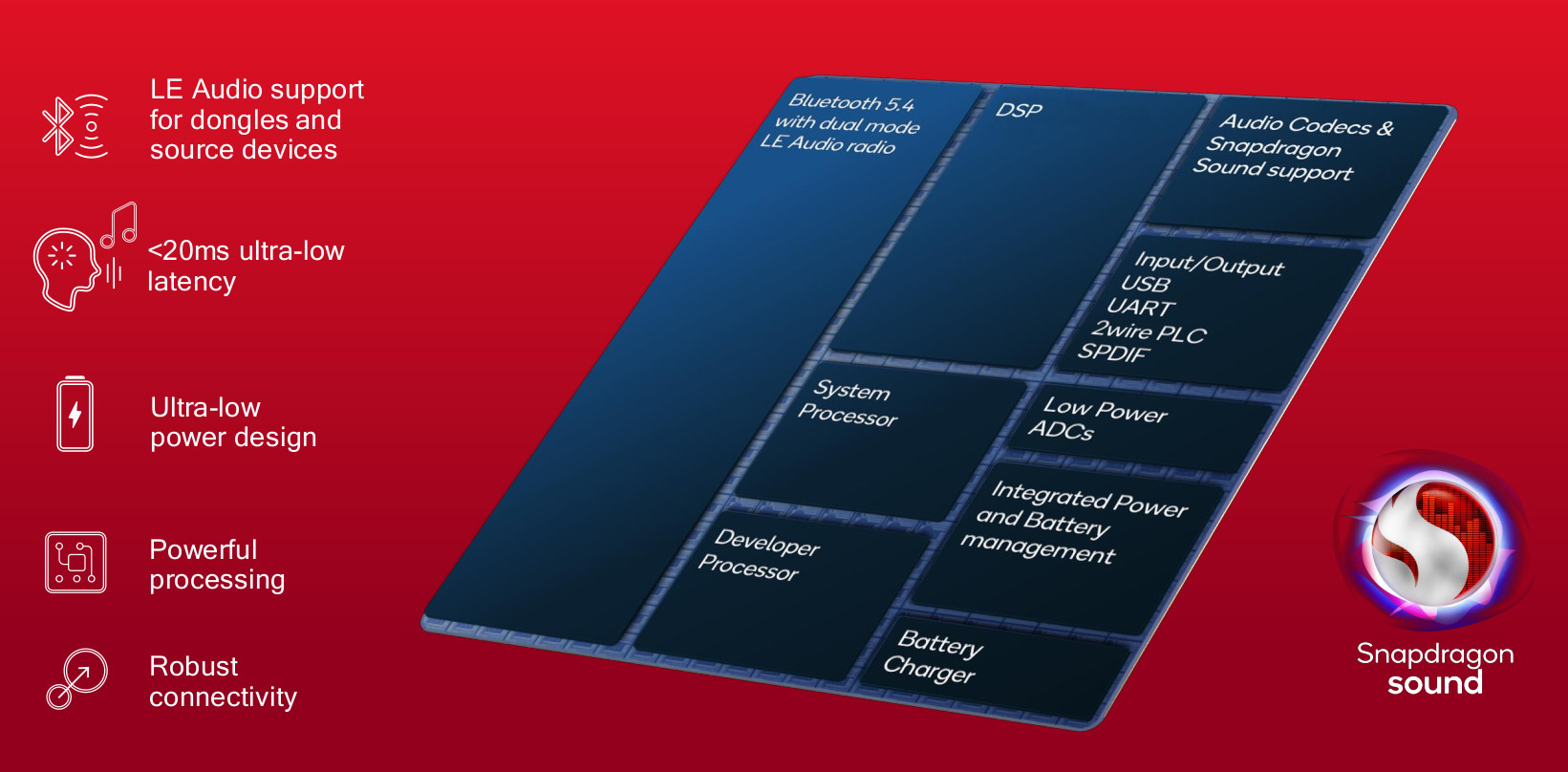We’ve recently completed the review of the Arylic BP50 Bluetooth preamplifier where we tested the audio quality while streaming audio from the TIDAL Music app. But RAKOIT also sent us the Arylic H50 wireless stereo amplifier for review, and we’ll report on our experience with that device today using the TIDAL Music app again. The H50 is an audio streaming player with a digital-to-analog (DAC) converter chip and a built-in power amplifier. It supports wireless networks such as WiFi and Bluetooth and plenty of wired connections namely analog RCA line In, analog RCA phono In, digital optical in, Subwoofer out, RJ45 LAN port, HDMI ARC, USB Type-A Host, and USB Type-C. To use the Arylic H50, simply connect the output signal cable to stereo speakers (passive speaker) with 50 watts of output power on each side, allowing you to stream music from various services through the 4STREAM app or Spotify, […]
Android 14 released, source code hits AOSP
Google has just released Android 14 for supported devices such as Google Pixel phones and pushed the source code to AOSP (the Android Open-Source Project). Most of the changes to the fourteenth version of the Android operating system were introduced with the first Android 14 developer preview – released in February 2023 – which included performance improvements, better privacy and security, and additional user-side customization options. Some of the new features unveiled since the first Android 14 developer preview include: AI-generated wallpapers using text-to-image diffusion models to help users easily create unique wallpapers HDR images with Ultra HDR (Android 13 already supported HDR videos) Built-in Health Connect support to let people track their fitness, health, and wellness levels across apps in a secure way respecting privacy. Android 14 encourages users to set a six-digit PIN (or longer) to improve security. Improved accessibility with vision-and hearing-inclusive features such as an enhanced […]
Review of Arylic BP50 Bluetooth 5.2 preamplifier with TIDAL Music
Arylic has sent us a sample of their low-cost BP50 Bluetooth 5.2 preamplifier for review. It features an ESS Saber ES9023P DAC chip and Qualcomm QCC3040 Bluetooth chip with support for aptX, aptX HD (High Definition), aptX LL (Low Latency), and aptX AD (Adaptive). It offers many input-output connections such as phono preamp MM/MC, optical, Line-in, subwoofer output, and HDMI ARC. You can find the full details about the specifications in the aforelinked announcement. Arylic BP50 unboxing Let’s start our review with an unboxing. Our package came with the following items: Arylic BP50 Bluetooth 5.2 preamplifier A 12V/1A power supply 2x Bluetooth antennas (3dBi) A remote Control A user manual As a reminder, here are the ports on the back of the preamplifier as shown in a stock image from the company. Test setup For this review, we’ve connected the Arylic BP50 Bluetooth preamplifier’s Line-Out port to the CD Audio […]
Arylic BP50 – An $80 Bluetooth 5.2 preamplifier with ESS ES9023P DAC (Sponsored)
Arylic BP50 is a low-cost Bluetooth 5.2 preamplifier based on ESS ES9023P 192kHz/24-bit DAC (see datasheet) with support for aptX HD, aptX LL, aptX Adaptive, AAC, and SBC audio codec. The amplifier can also transmit to two Bluetooth headphones simultaneously and offers various ports such as HDMI ARC in, Phono in, Optical in, RCA in, Sub out, Optical Out, Coax Out, RCA Out, and more. Arylic BP50 specifications: Bluetooth connectivity Version 5.2 with up to 15m range 2x Bluetooth Tx to connect up to 2x Bluetooth speakers or earbuds 2x Bluetooth Rx to connect up to 2 Bluetooth transmitter devices Bluetooth audio codecs Tx: aptX HD, aptX, aptX AD, aptX LL, AAC, SBC Rx: aptX HD, aptX, aptX AD, AAC, SBC Audio Frequency Response – 20Hz to 20Khz THD + N/SNR – 0.05%/>95db Codecs from USB storage – MP3, MP4, WMA, MOV, M4A, AAC, FLAC (96kHz/24-bit), APE Inputs Line in […]
Haxophone – A Raspberry Pi-based electronic saxophone with mechanical keys (Crowdfunding)
The Haxophone is an unusual Raspberry Pi expansion board that transforms the popular SBC into a travel saxophone using mechanical keys. The hackable musical instrument is open-source hardware and OSHWA certified and comes with mechanical keys which makes it easily repairable, customizable by changing keycaps or the firmware, and at a price point cheaper than commercial digital saxophones with custom molded keys. Haxophone key features and specifications: Custom Raspberry Pi HAT PCB Tactile-feedback 5-pin mechanical switches Mechanical keycaps Airflow pressure sensor Built-in audio amplifier compatible with Raspberry Pi Zero and Zero W Serial console for hacking Weight – 180 grams OSHW certifications – PT000005 You’ll find KiCAD hardware design files, assembly instructions, documentation, and the software and firmware used with the Haxophone on GitHub. There are two main software components, first haxo-rs Rust-based driver for detecting key presses and breath in order to convert them into notes, and fluidsynth synthesizer […]
Getting started with VOIPAC IMX8M Industrial development kit (Yocto Linux SDK)
Last month I went through an unboxing of the VOIPAC iMX8M Industrial Development Kit with some specs and a quick try with the pre-loaded Yocto 3.1 Linux image. The kit is quite versatile with plenty of interfaces and headers, and eventually, it will support Android 12 and Ubuntu 22.04 LTS. but in the meantime, I played a bit with the Yocto Linux SDK for the NXP i.MX 8M board and will report by experience getting started with VOIPAC IMX8M Industrial development kit. WiFi antennas installation But before checking out Yocto Linux, I will install the two WiFi antennas since I did not do it last time around. We can attach the SMA connectors to the two metal plates on the side of the board securing them with the provided nuts and spacers. The other side of the antenna’s cable comes with a tiny u.FL (or is it MHF4) connector and […]
Espressif ESP-SR enables on-device speech recognition framework on ESP32-S3 and ESP32 WiSoCs
Espressif ESP-SR is a speech recognition framework enabling on-device speech recognition on ESP32 and ESP32-S3 wireless microcontrollers with the latter being recommended due to its vector extension for AI acceleration and larger, high-speech octal SPI PSRAM. The ESP-SR framework was first released on December 17, 2021 with version 1.0, before the v1.20 update was introduced in March of this year, but I only found out about ESP-SR offline speech recognition solution through a tweet by John Lee showing an ESP-SR demo video by @ThatProject. Comrades of the world, liberate your hands from the chains of typing and touching germy switches! Embrace the revolutionary power of speech recognition with ESP32-S3 + ESP-SR. Let your words flow freely, for the proletariat shall not be silenced by keyboards or bourgeois input… pic.twitter.com/bm3udteB3o — John Lee (@EspressifSystem) July 15, 2023 I initially was confused since ESP32 boards have supported speech recognition for years using […]
Qualcomm S3 Gen 2 Sound Platform supports LE Audio and Auracast broadcast audio
The Qualcomm S3 Gen 2 Sound Platform (QCC5181) is a Bluetooth 5.4 audio solution designed for dongles and adapters with ultra-low latency (<20 ms) and support for the latest LE Audio and Auracast broadcast audio standards. The platform was introduced last year, but the company says it has now launched a “newly enhanced solution” optimized for gaming that “combines Snapdragon Sound and LE Audio to deliver ultra-low latency of less than 20ms for lag-free wireless audio with voice back-channel for in-game chat”. The new solution also focuses on USB dongles and adapters since few hosts support Bluetooth 5.4 at this time. Qualcomm S3 Gen 2 (QCC5181) Sound Platform specifications: CPU – Dual-core 32-bit microcontroller clocked at up to 80 MHz DSP – Qualcomm Kalimba DSP @ 240 MHz with 384 kB program RAM, 1,024kB data RAM Storage – External QSPI flash Connectivity Bluetooth 5.4 qualified Bluetooth Low Energy, Bluetooth Classic, […]


